Introduction: Natural-Looking Shoreline Protection That Works
Riprap walls that blend in on Lake Geneva and Delavan Lake are a smart way to protect your shoreline without losing the natural Northwoods look that everyone loves. Thoughtful design, the right stone, and expert installation make all the difference. In this guide, you will discover styles, materials, and shoreline protection tips tailored to these lakes and the surrounding communities in Walworth County. Whether you are replacing an aging seawall or building a new riprap revetment, RLP Diversified, Inc can help you plan, permit, and install a durable system that looks like it has always been there.
What Is a Riprap Wall and Why It Matters on These Lakes
A riprap wall is a layered system of angular stone placed along the water’s edge to absorb wave energy, resist ice push, and prevent soil from washing away. Unlike vertical concrete or timber seawalls, riprap follows the natural slope of the bank. It filters and dissipates wave action rather than reflecting it. On Lake Geneva and Delavan Lake, where water levels, fetch, boat wakes, and seasonal ice can be demanding, riprap walls offer a long-lasting and visually subtle solution.
Key Benefits of Riprap on Lake Geneva and Delavan Lake
- Natural appearance that blends with native shoreline and landscaping
- Strong protection against wave energy and seasonal ice movement
- Improved drainage that reduces hydrostatic pressure behind the wall
- Habitat value for fish, frogs, and invertebrates when paired with native plantings
- Less glare and reflection compared to solid seawalls
- Flexible design that adapts to minor settlement without cracking
Styles of Riprap Walls That Blend In
1. Natural Slope Revetment
This is the most common and low-profile option. Stone is placed on a gentle slope and keyed into the lakebed at the toe for stability. The top transitions smoothly into the lawn or native plantings. It is ideal for homeowners who want protection that looks like a natural shoreline.
2. Tiered Stone Benches
A terraced approach creates shallow steps using larger base stones and mid-size cover stone. Each tier can host native grasses or low shrubs. This approach softens the look near patios or boat houses and provides easy walk-in access points for swimming.
3. Mixed Stone Texture
Combining different sizes and colors of natural quarry stone breaks up uniformity and helps the installation blend with existing boulders and landscape features. Carefully selected stone from regional quarries in Wisconsin can match hues seen around Lake Geneva and Delavan Lake.
4. Riprap with Native Buffer
A narrow band of native plants behind the riprap creates a seamless transition from water to land. Species like blue flag iris, soft rush, and native sedges root into the soil behind the rock, adding color and wildlife benefits. This style looks natural from the water and increases overall shoreline stability.
5. Low-Crest Seating Edge
For gathering spaces near the water, a low crest with larger cap stones can create an informal seating area. The profile stays low so it does not obstruct views, and the crest stones blend into adjacent pathways or lawn edges.
Choosing the Right Stone for a Subtle, Natural Look
Stone Types and Sizing
Riprap performance depends on angular stone that interlocks and resists movement. For Lake Geneva and Delavan Lake, sizes commonly range from 6 inches to 24 inches depending on exposure. Angular limestone or granite is often used. RLP Diversified, Inc sources stone that complements the existing character of your shoreline and neighborhood.
- Granite: Durable, varied color flecks, high strength
- Limestone: Readily available in Wisconsin, natural light tones, cost effective
- Fieldstone accents: Used sparingly to add visual variety and character
Color and Texture Considerations
To keep a design understated, choose colors that echo the local geology and your landscape. Soft grays, tans, and weathered tones blend better than stark white. Mixed textures hide joint lines and make the riprap appear as a continuous natural feature rather than a uniform wall.
Design Considerations Specific to Lake Geneva and Delavan Lake
Wave Climate and Boat Wake Exposure
Sections of Lake Geneva and Delavan Lake experience significant boat wakes and wind-driven waves. Heavily trafficked shorelines and points may need larger stone, a thicker layer, and a more robust toe key. Sheltered coves can often use smaller stone and a gentler slope for an even more natural look.
Ice Action and Seasonal Water Levels
Freeze-thaw cycles and ice shove can dislodge poorly installed stone. A properly keyed toe, filter fabric, and base bedding limit undermining. On both lakes, setting the crest at the right elevation protects lawns and patios without creating a tall barrier.
Soil Type and Slope Stability
Clay, silt, and sandy soils behave differently when saturated. RLP Diversified, Inc evaluates existing soils, groundwater, and slope angle to select filter layers and stone sizing. When needed, minor grading or re-sloping creates a stable base that helps the riprap blend into the shoreline with a smooth profile.
How a Well-Built Riprap Wall Is Installed
Typical Steps
- Assessment and design. Measure slopes, wave exposure, and soil conditions. Choose stone size and layout that fits the site and visual goals.
- Permitting. Coordinate with the Wisconsin Department of Natural Resources and local municipalities. Some sites may require engineering drawings or a permit exemption review.
- Site preparation. Strip and stockpile topsoil for reuse, remove failing seawalls if present, and rough grade the shoreline.
- Base and filter layers. Place geotextile filter fabric and, where needed, a graded aggregate base to prevent soil migration through the rock.
- Toe key installation. Excavate a trench at the waterline and set larger stone to anchor the riprap against wave scour and ice lift.
- Stone placement. Install primary armor rock on the designed slope. Fit stone tightly and pull mixed sizes into the voids for interlock.
- Finish grading and restoration. Blend the top of the riprap into the yard or native plant buffer. Replace topsoil, seed disturbed areas, and add erosion control blankets where needed.
- Final inspection and clean up. Confirm elevations, alignments, and stability. Remove debris and leave the site neat and ready for use.
RLP Diversified, Inc brings grading and excavating expertise to every phase, using equipment from brands like Caterpillar, Bobcat, and New Holland to ensure accurate slopes, tight stone placement, and a clean finish.
Permits and Regulations: What Homeowners Should Know
Most shoreline work in Wisconsin is regulated to protect water quality and habitat. Depending on your site, you may need authorization from the Wisconsin Department of Natural Resources, the county zoning office, and your municipality. Some projects qualify for general permits or exemptions if they meet specific standards for stone size, slope, and placement. RLP Diversified, Inc helps clients navigate the process by coordinating site photos, measurements, and drawings that show the proposed riprap wall and any removal of old seawalls.
Tips for a Smooth Approval
- Start early and collect property surveys and any past permits
- Document erosion problems with photos and mark high water conditions
- Choose a design that follows the natural bank rather than pushing out into the lake
- Include a native planting plan behind the riprap to support habitat goals
Blending Riprap with Landscaping
Planting Ideas That Look Natural
To avoid a stark rock-to-lawn transition, add a modest buffer of native plants. This softens the edge, filters runoff, and invites pollinators. Choose low-maintenance species that handle occasional splash and fluctuating moisture.
- Behind the crest: little bluestem, prairie dropseed, and switchgrass
- Moist edge: fox sedge, tussock sedge, and blue flag iris
- Accent shrubs above the high water mark: red osier dogwood and American cranberrybush
Pathways and Access Points
Consider a stone or crushed gravel path that threads down to a small landing. Muted colors and natural curves help these features disappear into the shoreline. RLP Diversified, Inc can integrate steps or boulder treads that are stable, safe, and visually consistent with your riprap.
Riprap Walls vs. Vertical Seawalls
Vertical concrete or timber seawalls can reflect wave energy and increase erosion at the base or on neighboring properties. They often look stark against the natural lakescape. Riprap walls absorb energy, drain well, and create softer views. In many cases on Lake Geneva and Delavan Lake, a riprap revetment is the most practical combination of performance, aesthetics, and regulatory compatibility.
Cost, Timeline, and Maintenance
What Influences Cost
Project cost depends on access conditions, stone size and quantity, existing seawall removal, and required grading. Sites with limited access might need specialty equipment or temporary mats. RLP Diversified, Inc provides clear estimates and helps you make choices that balance value and longevity.
Typical Timeline
- Design and permitting: 2 to 8 weeks depending on complexity
- Mobilization and prep: 1 to 3 days
- Installation: 2 to 7 days for most residential shorelines
- Restoration and planting: 1 to 3 days
Low-Maintenance Care
Riprap walls are simple to maintain. After spring ice-out and mid-summer, walk the shore and check for settlement or displaced stones. Replace any moved stone and top up washed gravel behind the crest if needed. Keep the buffer plants trimmed but healthy. Avoid using bagged soils that can wash through the rock and cloud the water. With proper installation, many riprap systems need only minor touch-ups for decades.
Common Questions About Riprap Walls
Will riprap block my view?
No. A properly designed riprap wall follows the ground’s natural slope and keeps the crest low. It protects your yard without creating a tall barrier.
Can riprap be installed over an old seawall?
In many cases, it is better to remove failing seawalls and rebuild the shoreline with a well-keyed riprap revetment. RLP Diversified, Inc provides demolition and removal, including concrete recycling and responsible disposal.
What stone size should I use?
Stone sizing depends on exposure to waves, boat wakes, and ice. Heavier exposure usually requires larger armor stone. A site visit allows proper sizing while keeping the appearance natural.
Will plants grow around riprap?
Yes. Native plants thrive in the soil behind the crest and between larger stones. Plant selection and spacing matter. We recommend hardy, low-profile species for a seamless look.
Is riprap allowed on my shoreline?
Most properties can use riprap if the design meets state and local standards. RLP Diversified, Inc helps you determine what is allowed and prepares documents for review.
Why Homeowners Choose RLP Diversified, Inc
Since 2000, RLP Diversified, Inc has served Wisconsin with grading, excavating, and shoreline solutions that balance performance and aesthetics. After integrating Andy’s Excavating in 2013, the company expanded capabilities and fleet size to deliver efficient, reliable projects. With a background in aggregate delivery, earthmoving, pond excavation, demolition, and shoreline protection, the team brings a full-service approach to lakeshore work on Lake Geneva and Delavan Lake.
Strengths That Benefit Your Shoreline
- Experienced crews who understand wave energy, ice action, and soils
- In-house trucking for aggregate and stone to control schedule and quality
- Well-maintained equipment from Caterpillar, Bobcat, and New Holland
- Clear communication on costs, timeline, and permitting steps
- Service area that covers Walworth County and broader Wisconsin, including Milwaukee, Waukesha, Madison, Racine, Mequon, Kenosha, and Green Bay
Our Process for a Riprap Wall That Looks Like It Belongs
Step-by-Step With RLP Diversified, Inc
- Consultation. We listen to your goals, evaluate exposure, and capture site details.
- Design and options. We recommend stone types, slopes, and features like access steps or terracing that match your property.
- Permitting support. We help coordinate with the Wisconsin DNR and local authorities, preparing drawings and photos as needed.
- Installation. Our crew handles excavation, toe key, filter fabric, stone placement, and finish grading for a clean, blended look.
- Restoration. We seed or sod disturbed areas and can install native buffers that complement the riprap.
- Follow-up. We review the finished shoreline with you and share upkeep tips.
Design Tips to Keep Your Riprap Subtle and Beautiful
- Favor gentle slopes and low crests to preserve lake views
- Choose mixed stone sizes for a natural texture and better interlock
- Blend colors to match nearby boulders, docks, or natural outcrops
- Curve the shoreline slightly to soften straight lines
- Integrate small planting pockets for native grasses or iris
- Include a planned access point for swimming or kayak launching
- Keep lighting low and warm to avoid harsh reflections off the stone
Shoreline Protection That Enhances Property Value
A well-designed riprap wall protects your investment and boosts curb appeal from both land and water. Prospective buyers notice clean, stable shorelines and tasteful landscaping. For Lake Geneva and Delavan Lake properties, a natural-looking riprap wall that blends in can be a deciding factor when comparing homes.
Get Started
If your shoreline is eroding, your old seawall is failing, or you want a more natural look, now is the time to plan. RLP Diversified, Inc will help you design and build riprap walls that protect your property and fit the character of Lake Geneva and Delavan Lake. Contact our team to discuss your site, review stone options, and plan a shoreline solution that blends in beautifully for years to come.
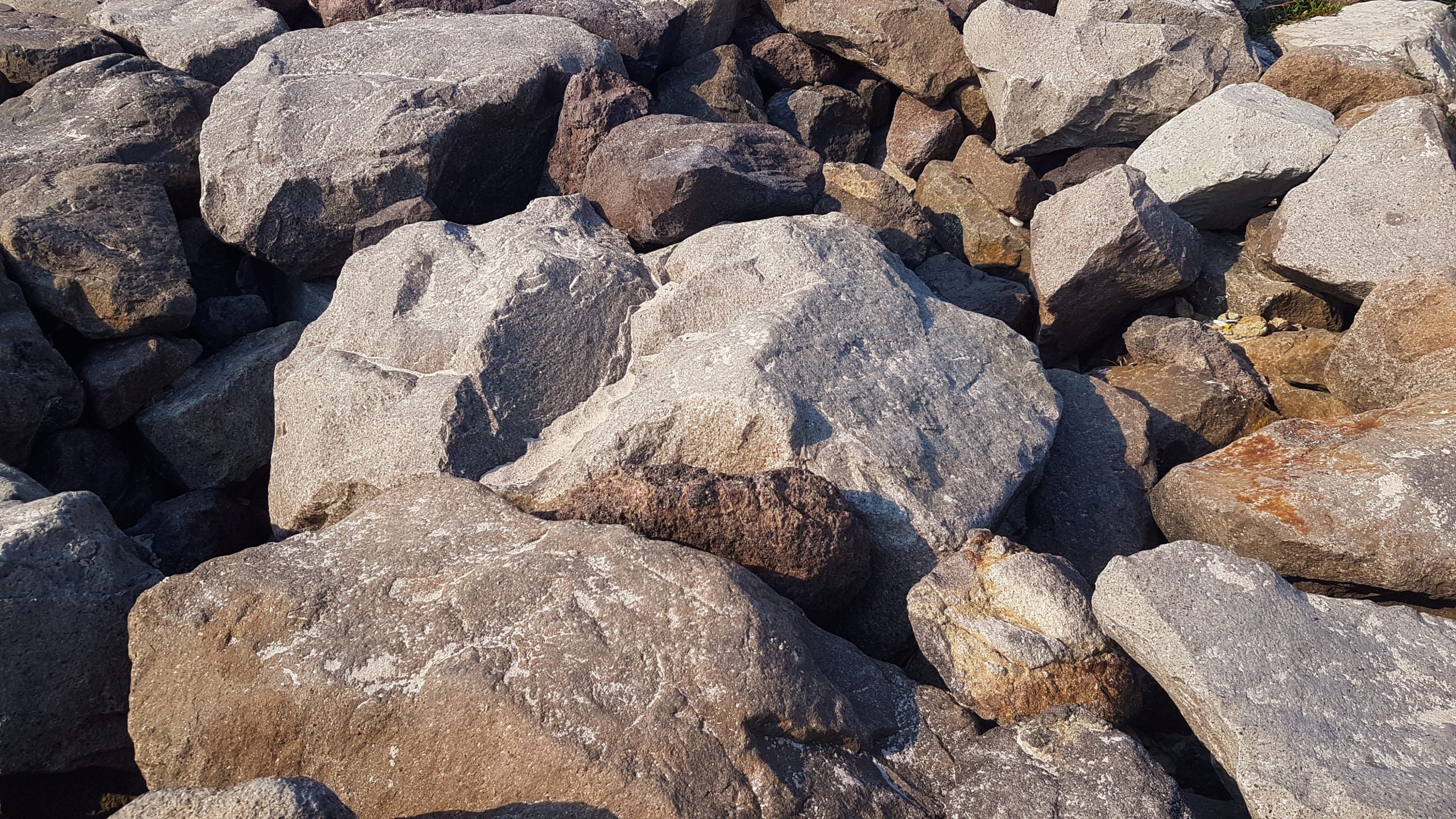
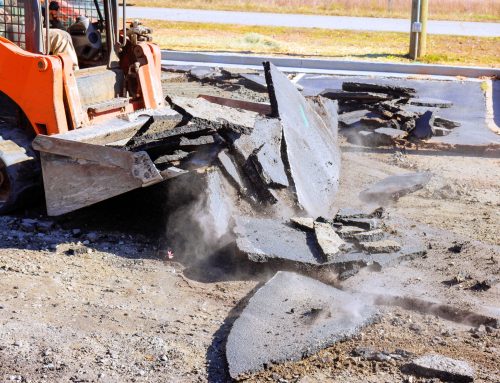
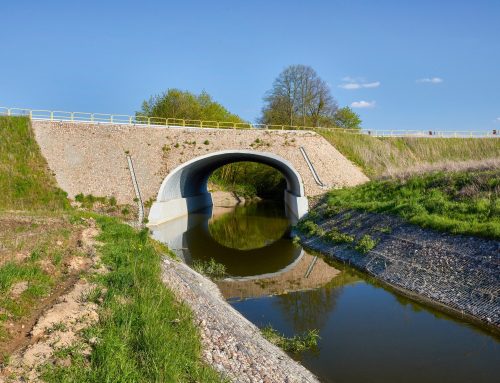
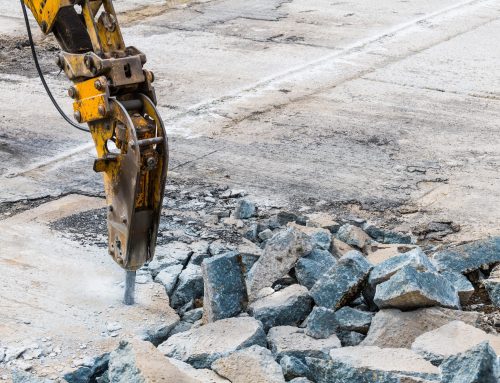

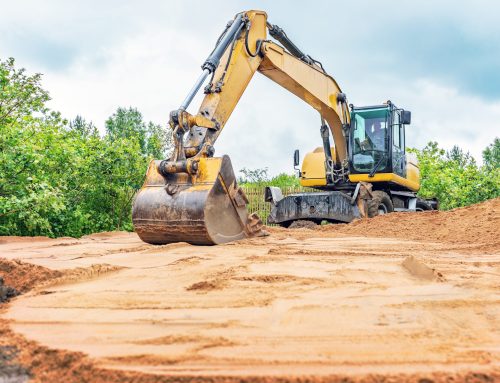
Leave A Comment